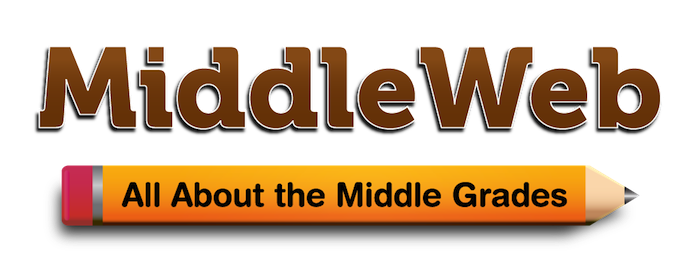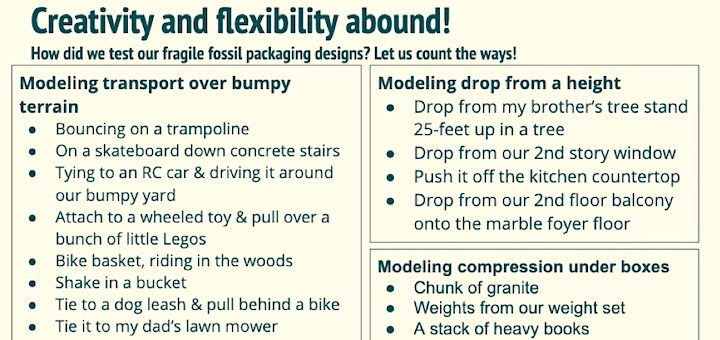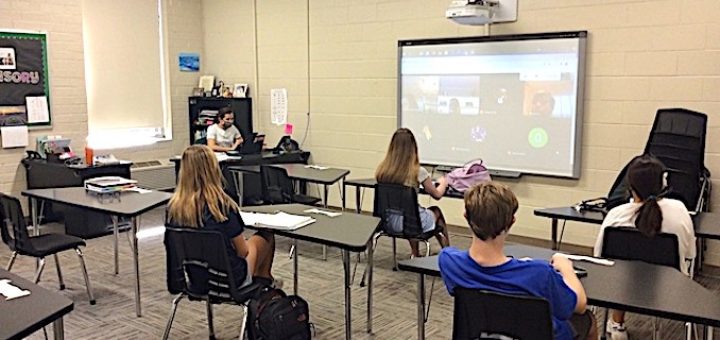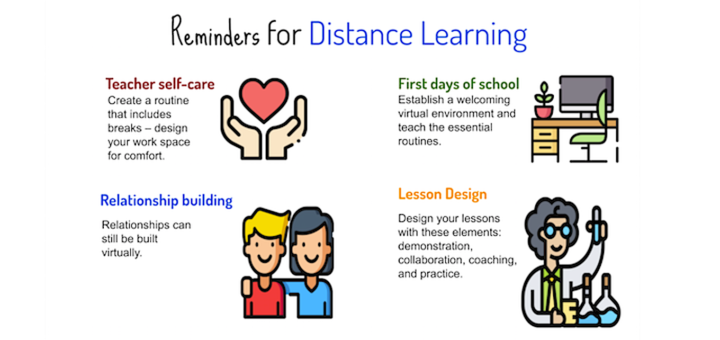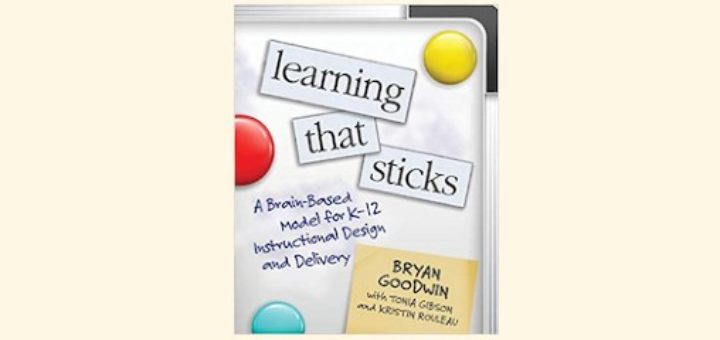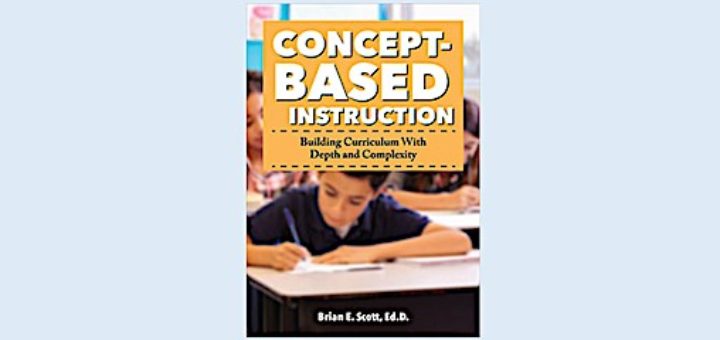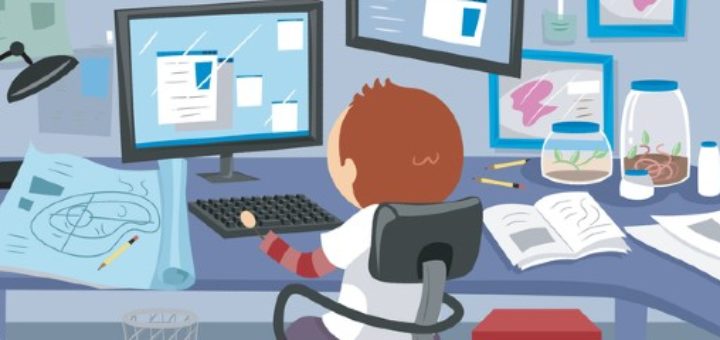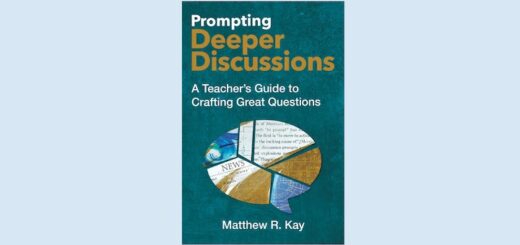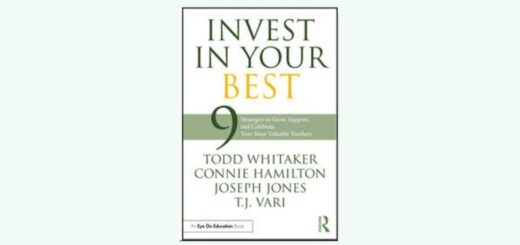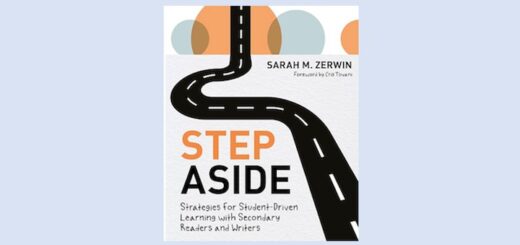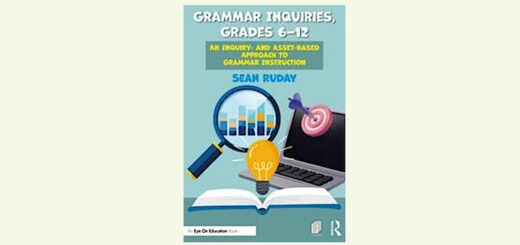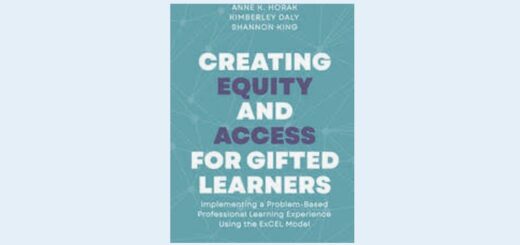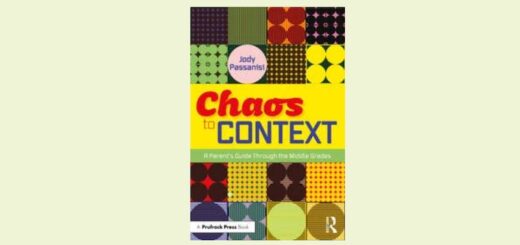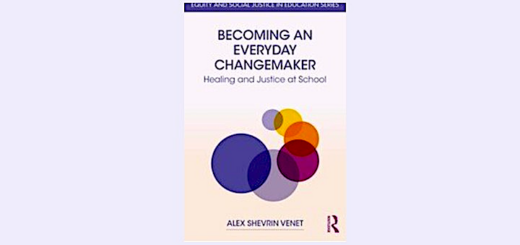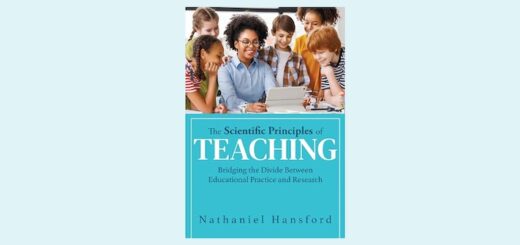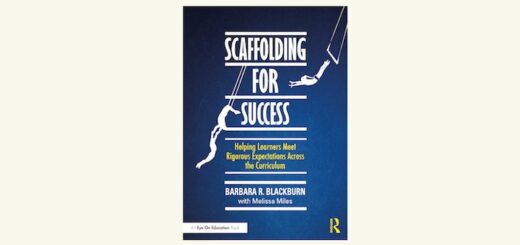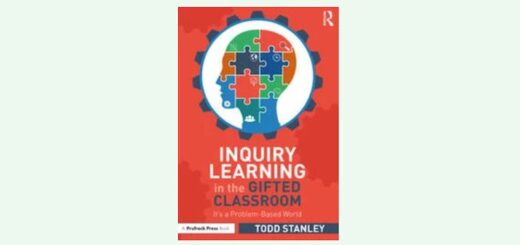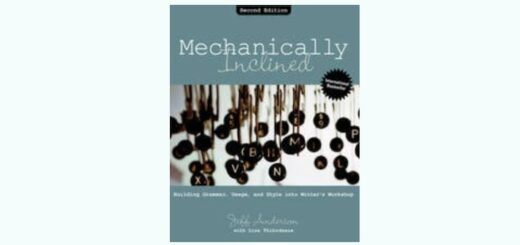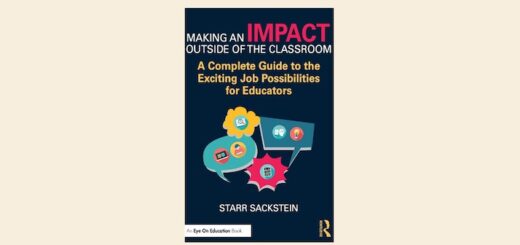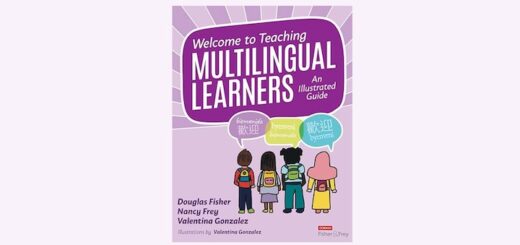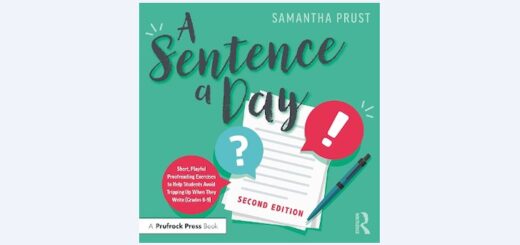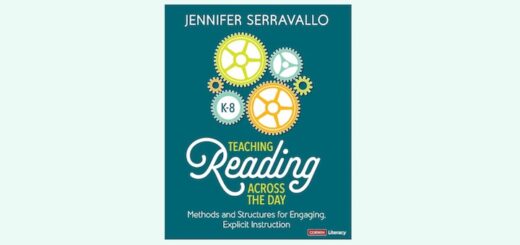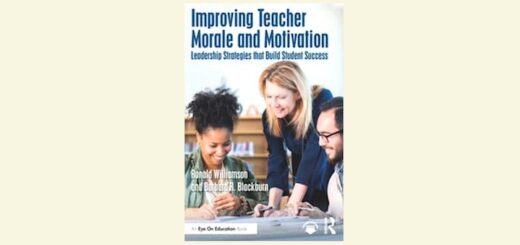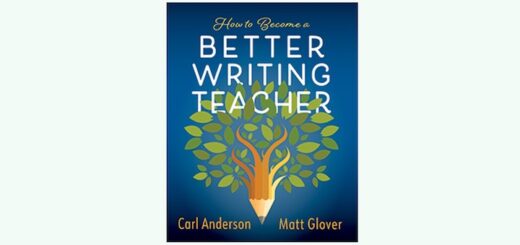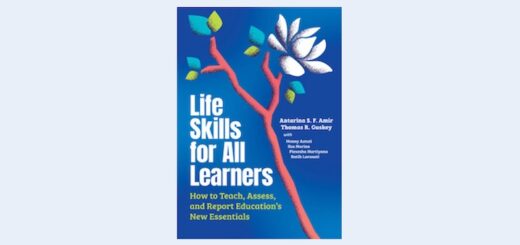Teaching and learning in grades 4-8
After a spring of Zooming with established classes, Sarah Cooper finds new challenges using virtual breakout rooms this fall. Having to sort groups of unfamiliar students really makes a difference. She shares which breakout strategies still work and what needs extra care.
Science consultant Kathy Renfrew hopes we can shift our attention away from “remediation” by building on the bright spots we’ve experienced during pandemic teaching. She shares the story of a STEAM engineering design project and how it was adapted for distance learning.
In her 2nd month of hybrid teaching, Kasey Short is still adapting day by day through trial and error. She’s learned a lot, as you’ll see in this detailed look at her virtual/in-person blending, digital organization, communication, collaboration and feedback – with tips for each!
In a school year when frustration, fatigue and uncertainty make teaching and learning an unprecedented challenge, principal Rita Platt is leading her staff to focus on two top priorities: (1) limit instruction to essential standards, and (2) build personal connections with EVERY student.
Distance learning is uncharted territory for most teachers, but Covid-19 has forced it upon us, says Tan Huynh. The advice in Fisher, Frey & Hattie’s Distance Learning Playbook can help create a virtual environment that looks and feels more like the physical one we’re used to.
In Learning That Sticks, author Bryan Goodwin and colleagues break student learning down into a 6-phase mental model based on what researchers are learning about the brain and the ways it manages information. It’s worth the read, writes teacher leader Laura Von Staden.
Reading Concept-Based Instruction will help teachers use curriculum mapping to identify thematic trends and then pull that information together for effective cross-curricular planning. Social studies teacher Mary Marsh says the book’s challenges will be worth the effort.
Whether your ELA, social studies or media literacy students are tracking advertising on Madison Avenue or Capitol Hill, expert Frank W. Baker has the tools and ideas you need to blend this high engagement topic into standards-based lessons on analyzing informational text.
Leading online STEM lessons the same way you lead an onsite STEM project presents some real-world teaching problems. Science teacher and STEM curriculum author Anne Jolly looks at the challenges and suggests strategies and resources to keep kids learning in uncommon times.
Issues students wrestle with in the traditional classroom may be magnified during online learning. To address them, we need to adapt our regular classroom strategies to help students succeed. Teaching expert Barbara Blackburn looks at six common issues.
